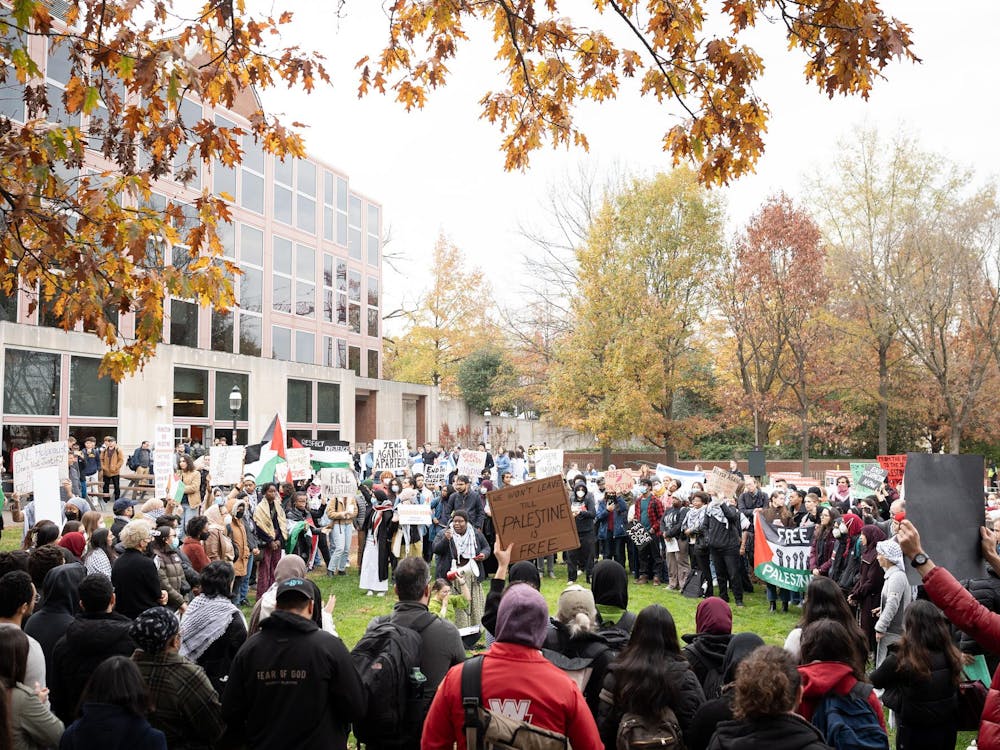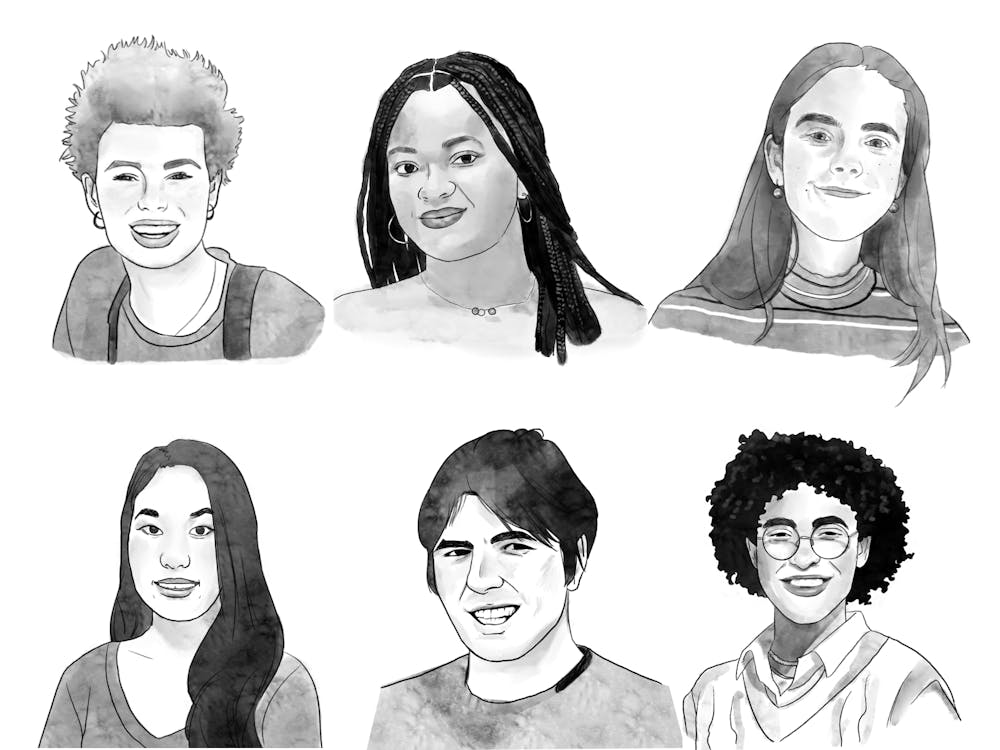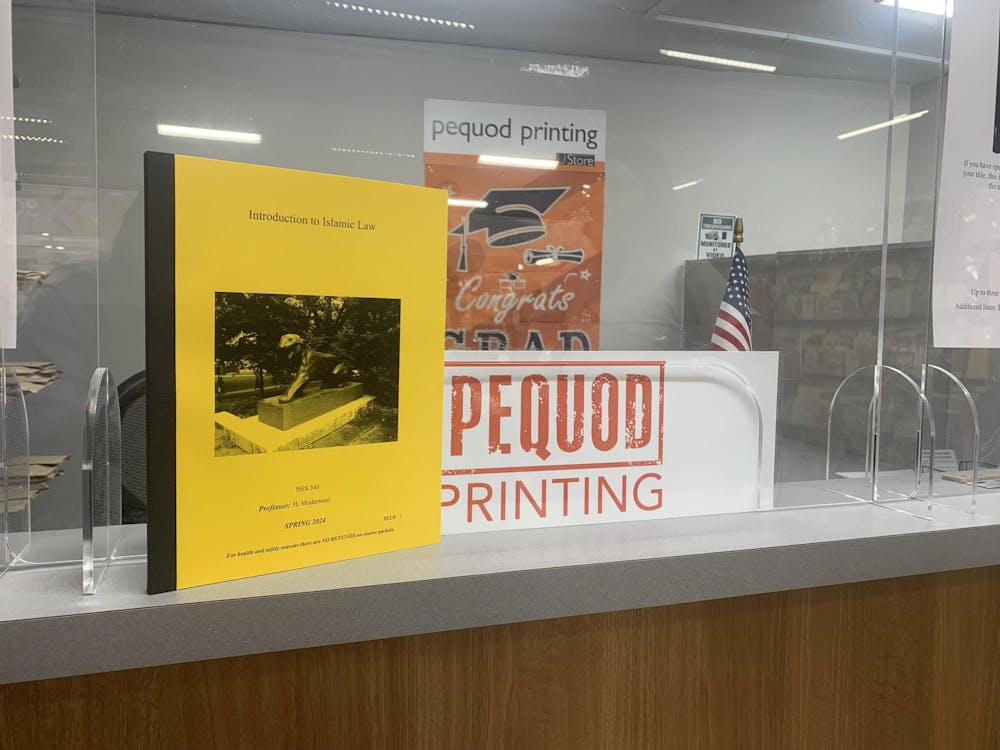Harvard, Yale and Princeton had been educating America’s elite for 200 years when, in the 1920s, the Big Three began to have a problem: Jews.
The problem was especially dire at Harvard, where Jews — nationally, 3 percent of the population — made up 27 percent of the student body by 1925. Harvard’s president Abbott Lowell feared that high Jewish enrollment would prompt the social elite to send their children elsewhere, so he proposed a quota. No more than 15 percent of each class would be Jewish.
Lowell’s proposal proved controversial, so it was never officially adopted. Instead, Harvard developed an admission system based on character — what we call “holistic admissions” today. Lowell assured skeptics that this system would not discriminate against Jews, but the next admissions cycle saw Jewish enrollment cut in half. For decades, their enrollment stayed steady at 15 percent — right where Lowell wanted the quota.
Yale and Princeton had their own ways of treating the problem. Yale adopted legacy preference to keep whites in and Jews out. Not to be bested, our own Princeton University slashed its Jewish enrollment to 2 percent.
This tale of anti-Semitism must seem shameful to modern readers. We recognize prejudice was a sin of the times — a decades-long blot in the annals of Ivy League history. Thankfully, we’re writing a new chapter. Today Princeton and its peers accept students on merit, and racial quotas are relics of darker days.
Except, not really.
Now we have a quota on Asians.
We don’t advertise it. Like the bygone quota on Jews, we pretend it does not exist. We say that our admissions process is holistic; if a whiz kid is turned away, it’s because she lacked a je ne sais quoi that another applicant possessed.
That’s not the story the data tells, says Ron Unz in The New York Times. He notes that America’s college-age Asian population doubled in the last 20 years. Enrollment should have grown too, Unz said, and at the California Institute of Technology — which “follows a highly selective but strictly race-neutral admissions policy” — that’s exactly what happened: Asian enrollment grew to about 40 percent. But only 21 percent of students in Princeton’s Class of 2018 are Asian Americans, a fraction that is remarkably consistent across the Ivy League. Harvard and Yale both report that 20 percent of students in their freshman classes are Asian Americans — the same as they reported 20 years ago, before the group’s population doubled.
That looks a lot like a quota. That looks exactly like a quota. That looks so much like a quota that the only defense for it is “holistic admissions,” which is the reason a former president of Harvard gave to defend a racial quota.
Not long ago, I told myself that the quota was O.K. Choosing a class was a juggling act in a show called diversity, and Princeton’s admissions office managed it the best way it could. My acceptance, however, was tantamount to saying this: “I am fine with the knowledge that Princeton University is oppressing a minority by refusing them admission on the grounds of racial discrimination.”
Can you say that? I can’t.

I am calling on the University to abolish its racial quotas. Holistic admissions can stay, but it should not be a farce for racism. We should follow Caltech in adopting race-neutral admissions. Divorce applications from names. Hide the race checkbox.
The University should still strive for diversity. We can give affirmative action to underprivileged applicants by considering their socioeconomic standing. Current admission criteria strongly favor the wealthy elite, who can afford SAT tutors, extracurricular activities, and paid college counselors, all of which are inaccessible to low-income students. This creates a serious barrier to acceptance. That’s why only 18 percent of Princeton students receive Pell Grants. Compare this to the rest of America, where 38 percent of college students are Pell Grant recipients, and it’s clear that we’re failing the very students who need an education the most — many of them from underserved black and Hispanic communities.
My proposal is not perfect. College admissions is a zero-sum game, so a victory for an oppressed minority is a loss for other groups. My own progeny might be among the losers, but that’s O.K. I don’t want them to benefit from a system predicated on racism. Instead, I want the University to give up the bigotry that has plagued it for 100 years.
The Civil Rights Act of 1964 called for an end to race-based discrimination 50 years ago. But a December panel on diversity faced sharp student criticism when Russell Nieli GS ’79 argued for race-neutral admissions, which shows that attitudes inside FitzRandolph Gate are not post-racial. Discrimination still thrives here. Its victims just have a new face.
Newby Parton is a freshman fromMcMinnville, Tenn. He can be reached at newby@princeton.edu.








